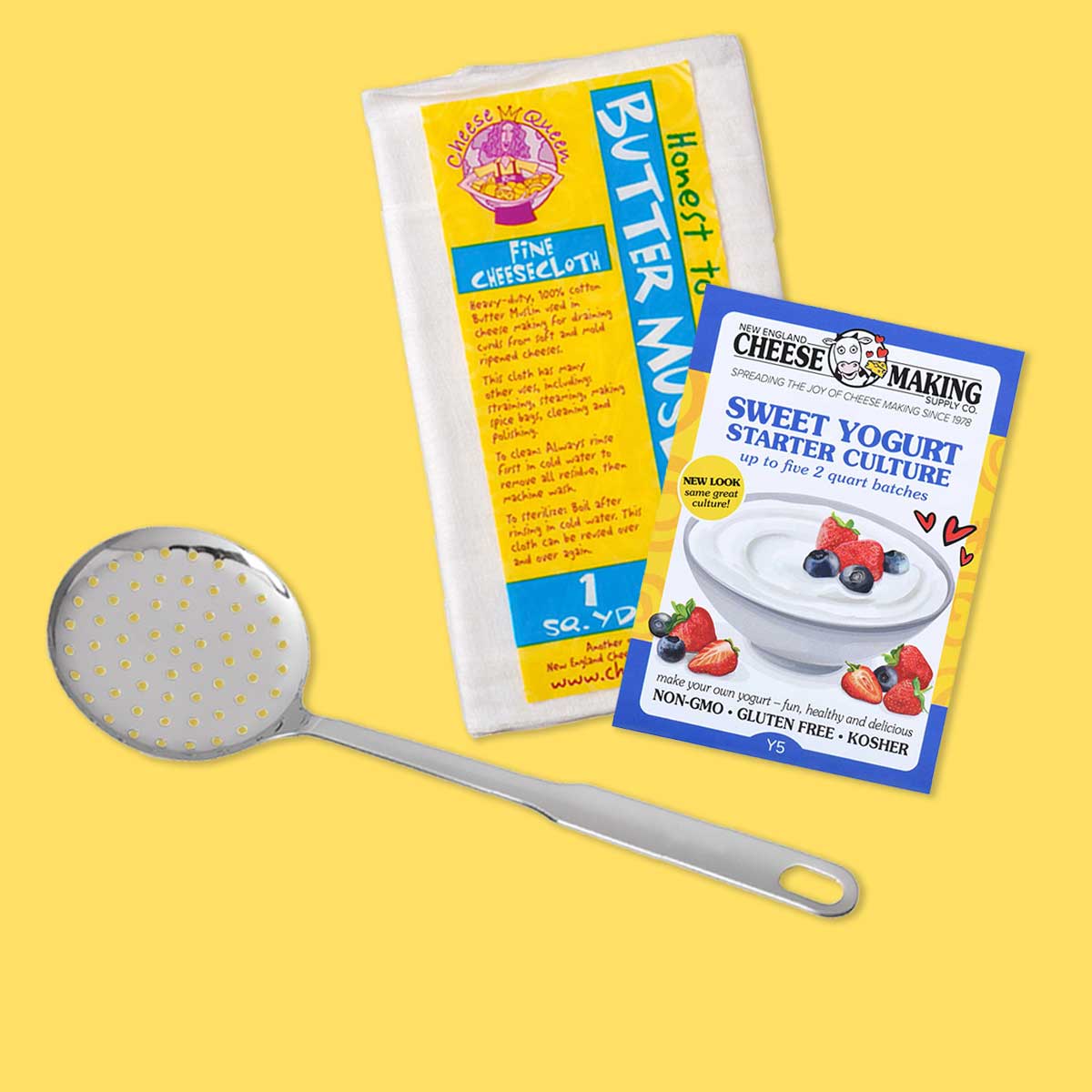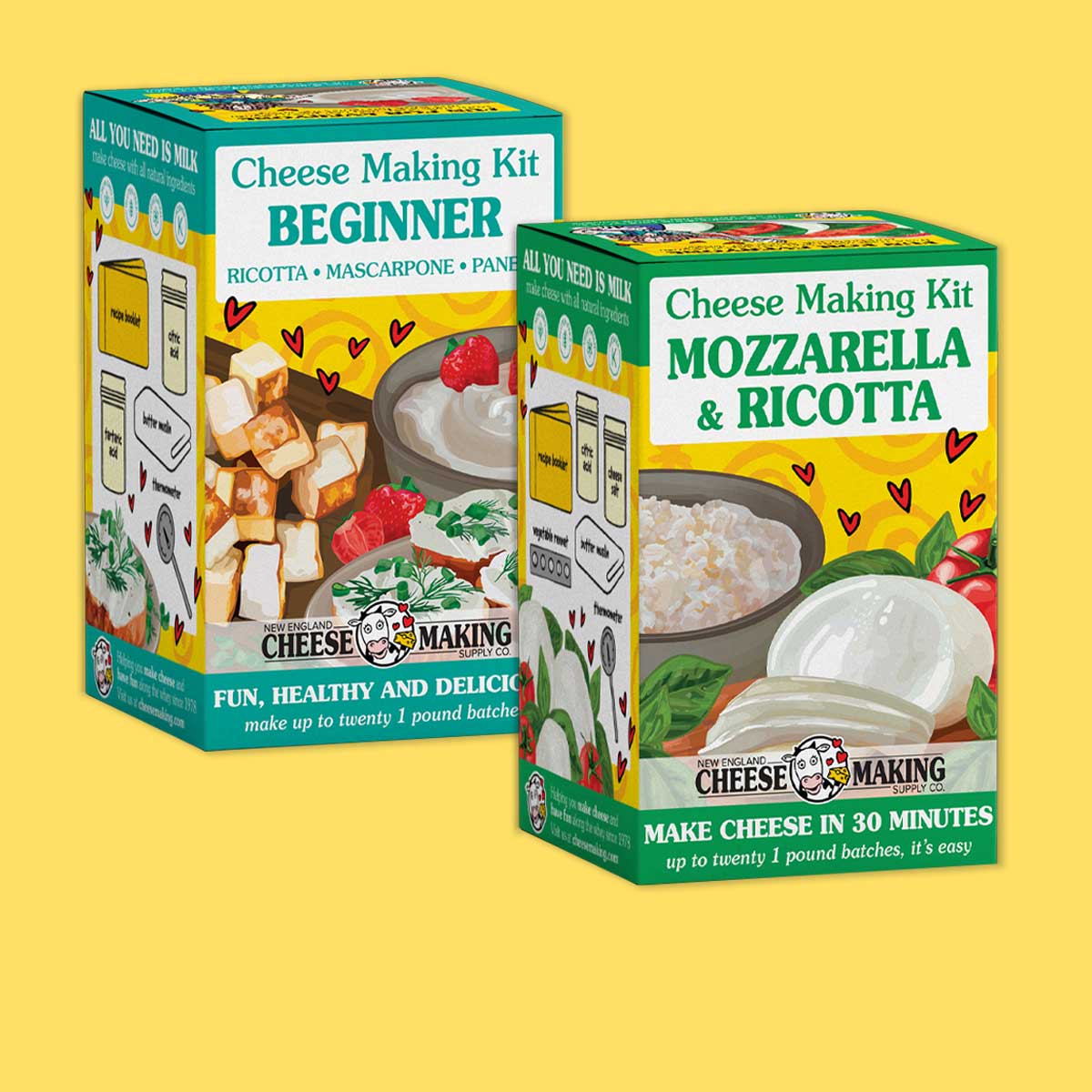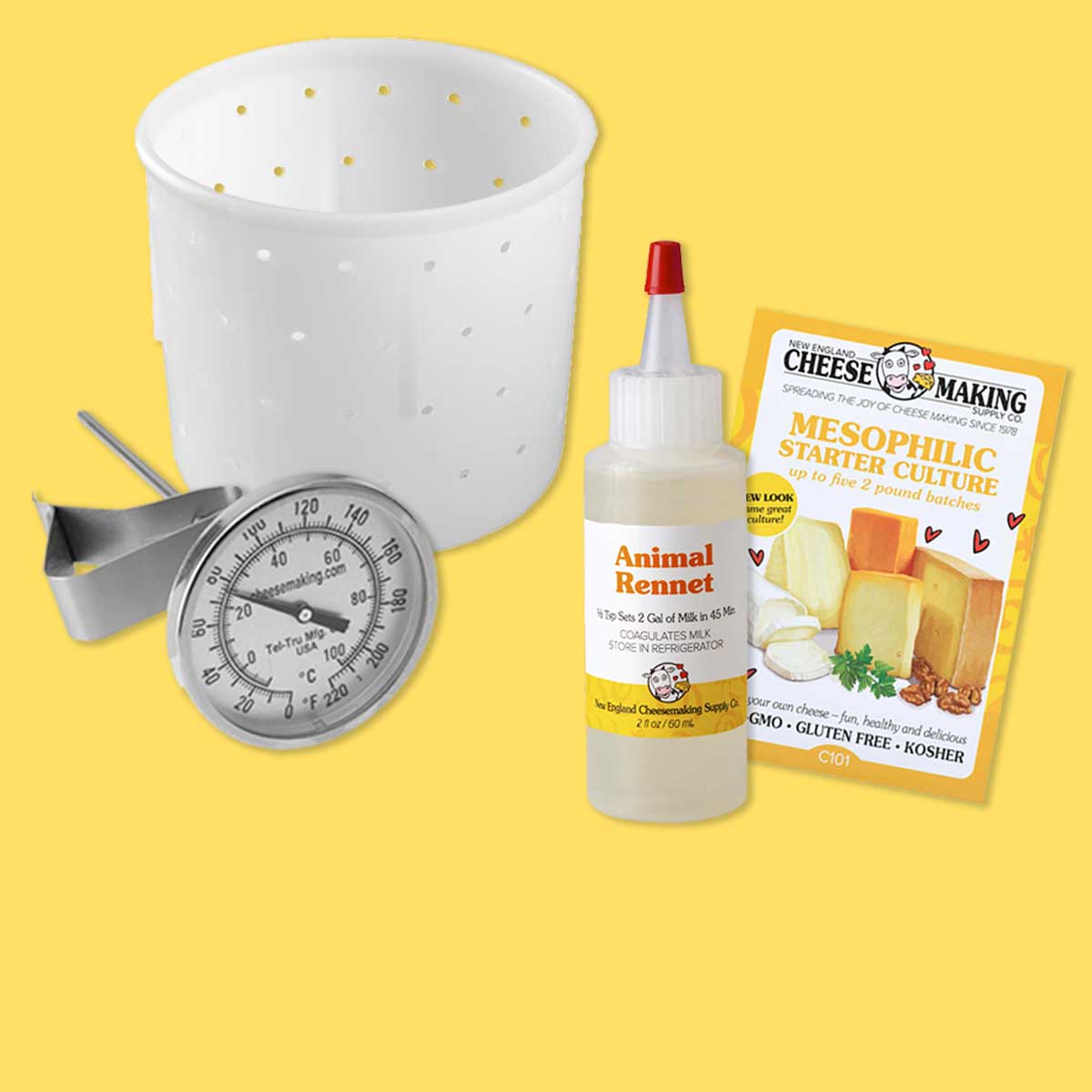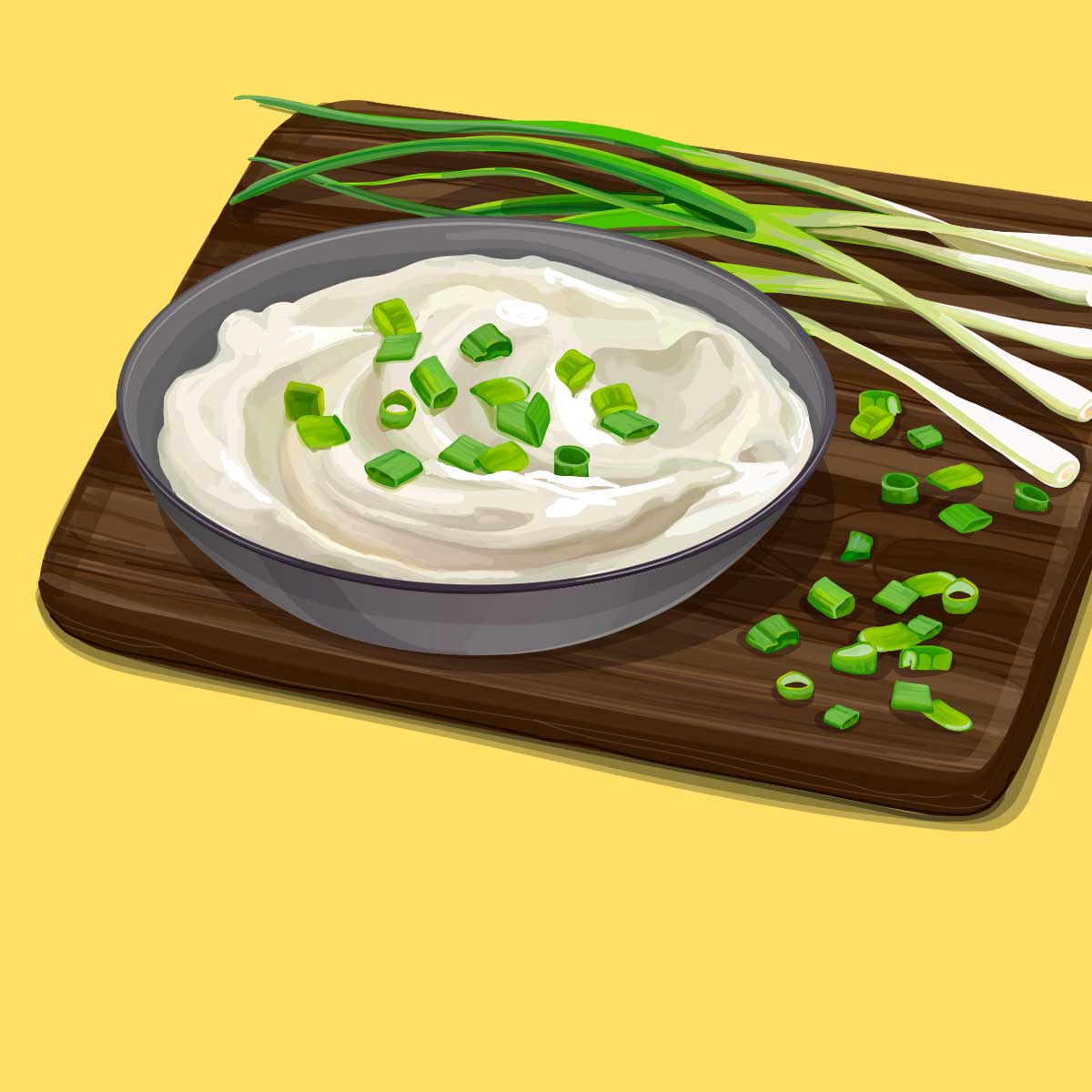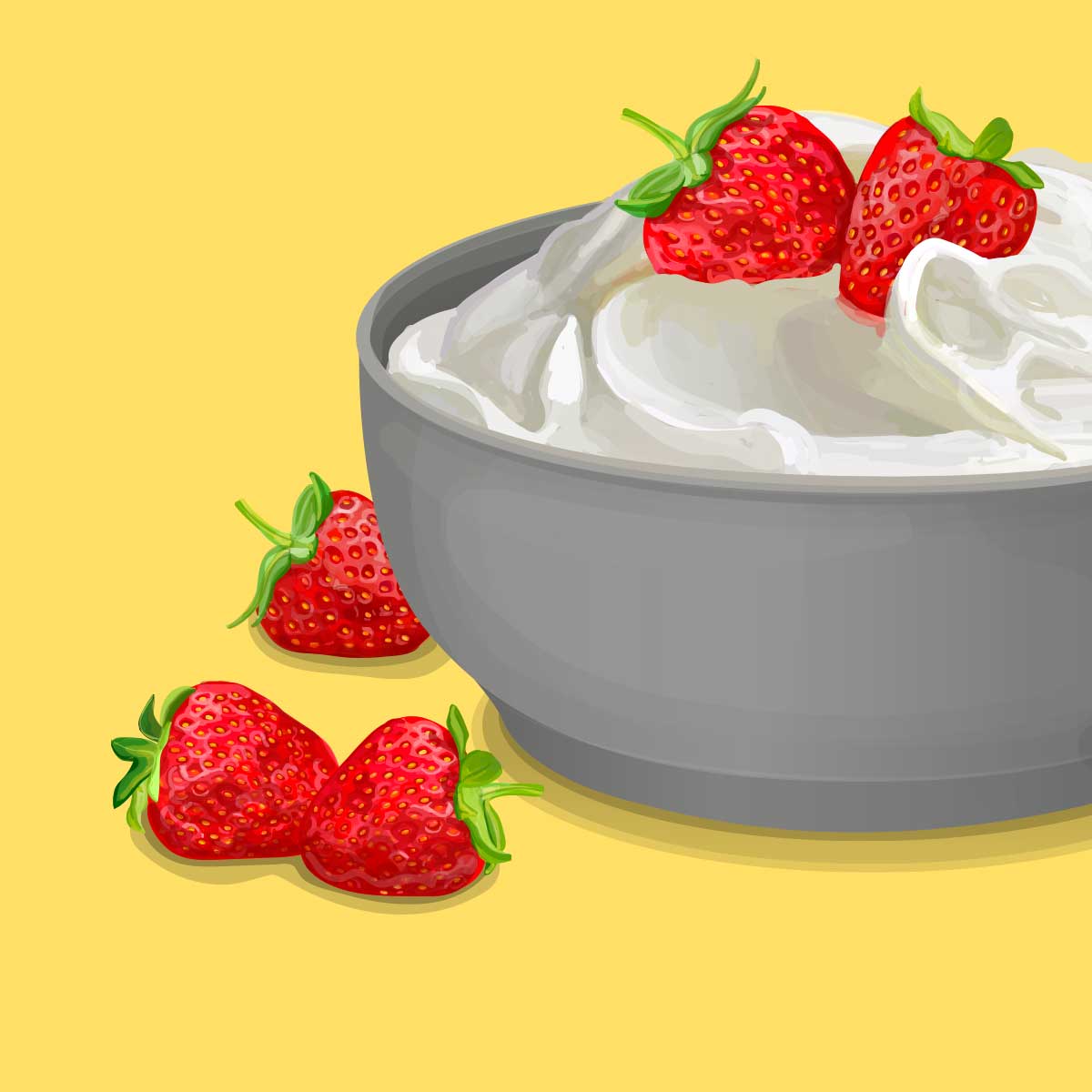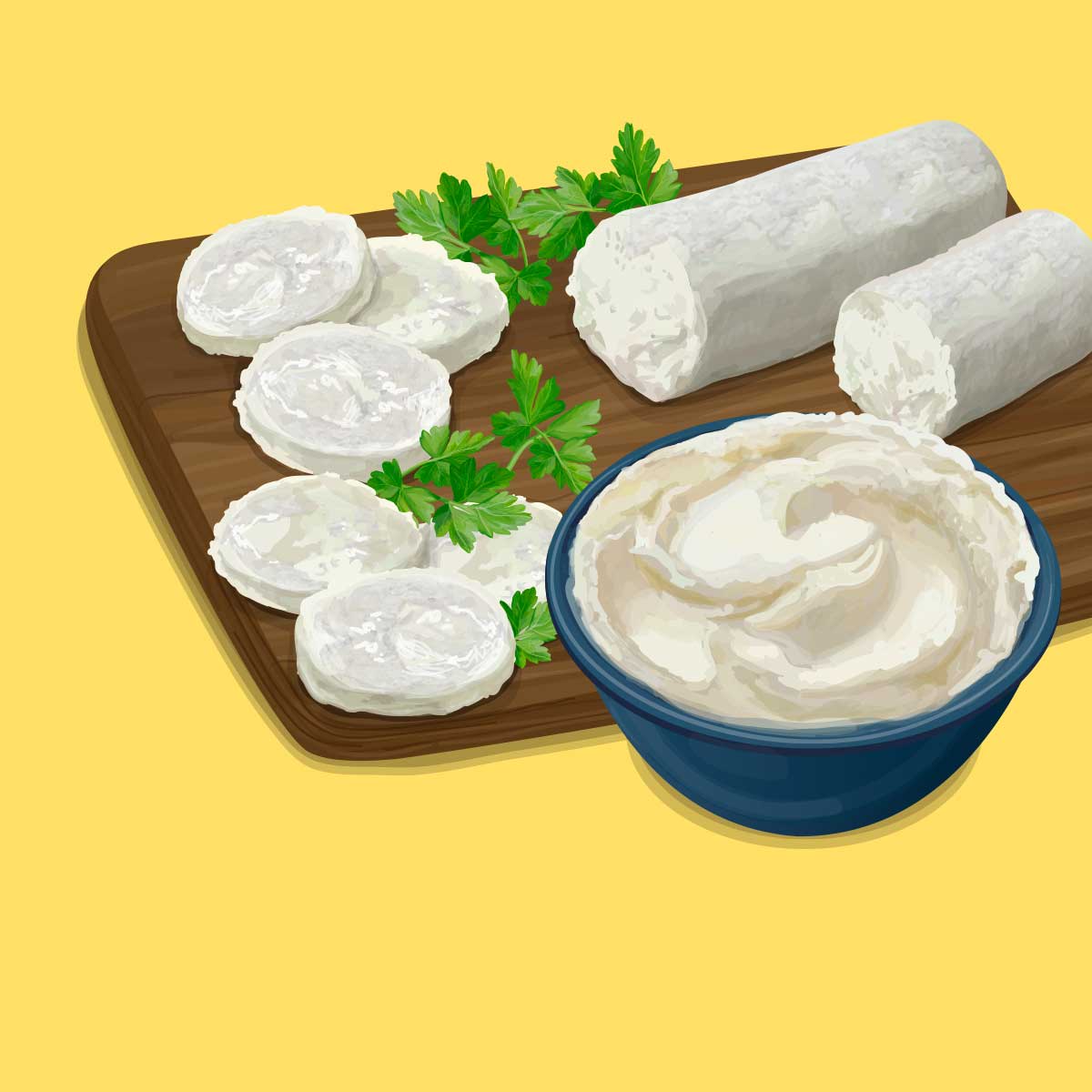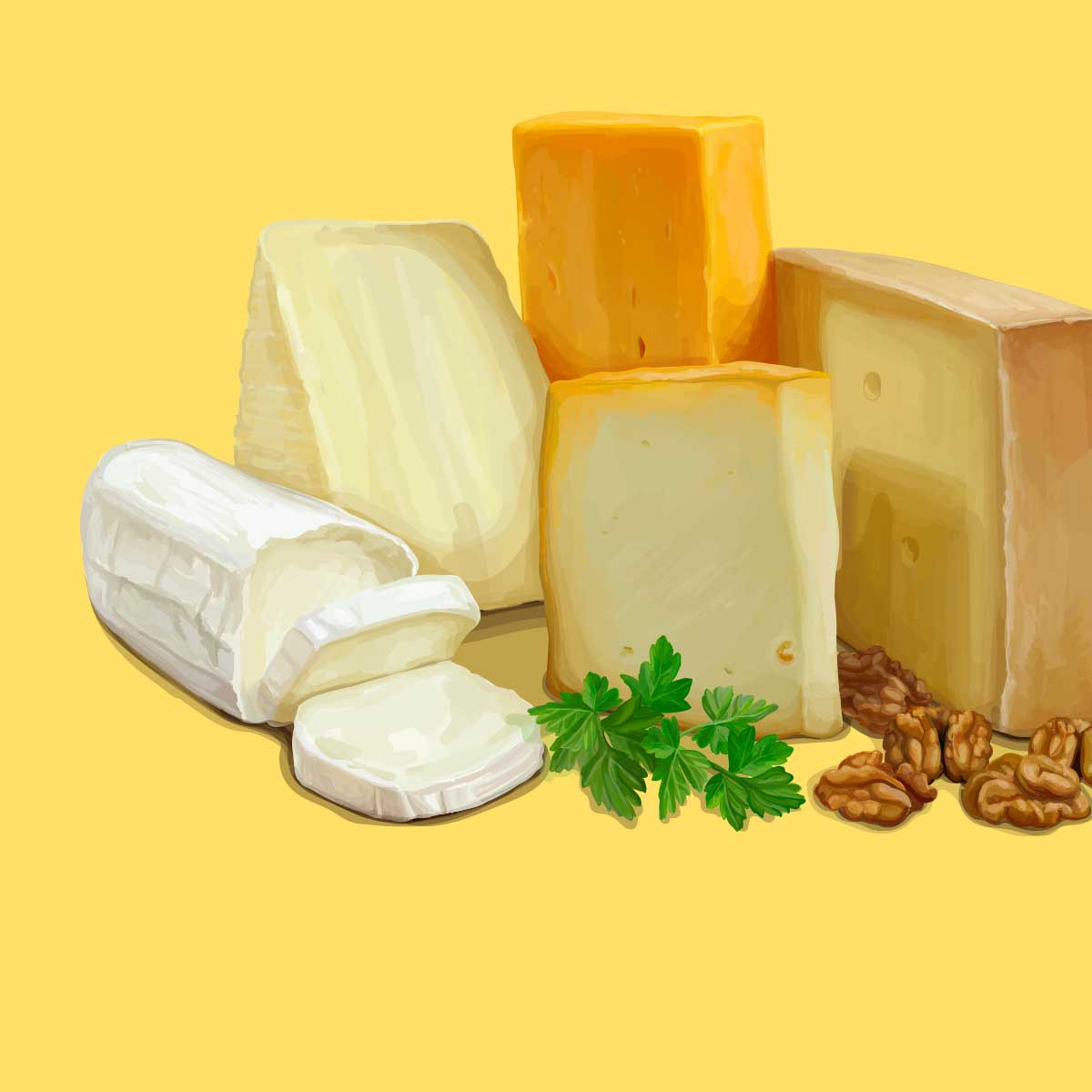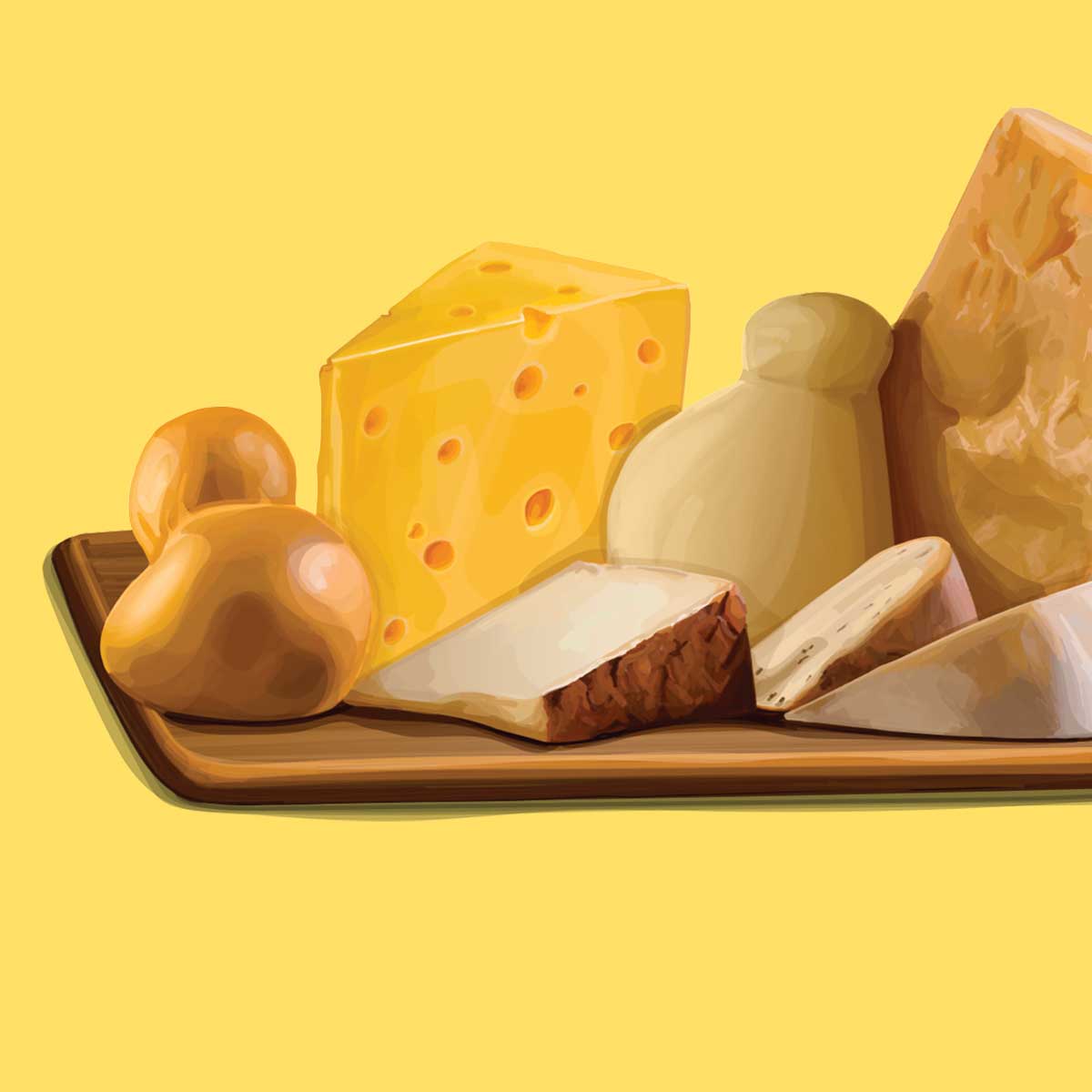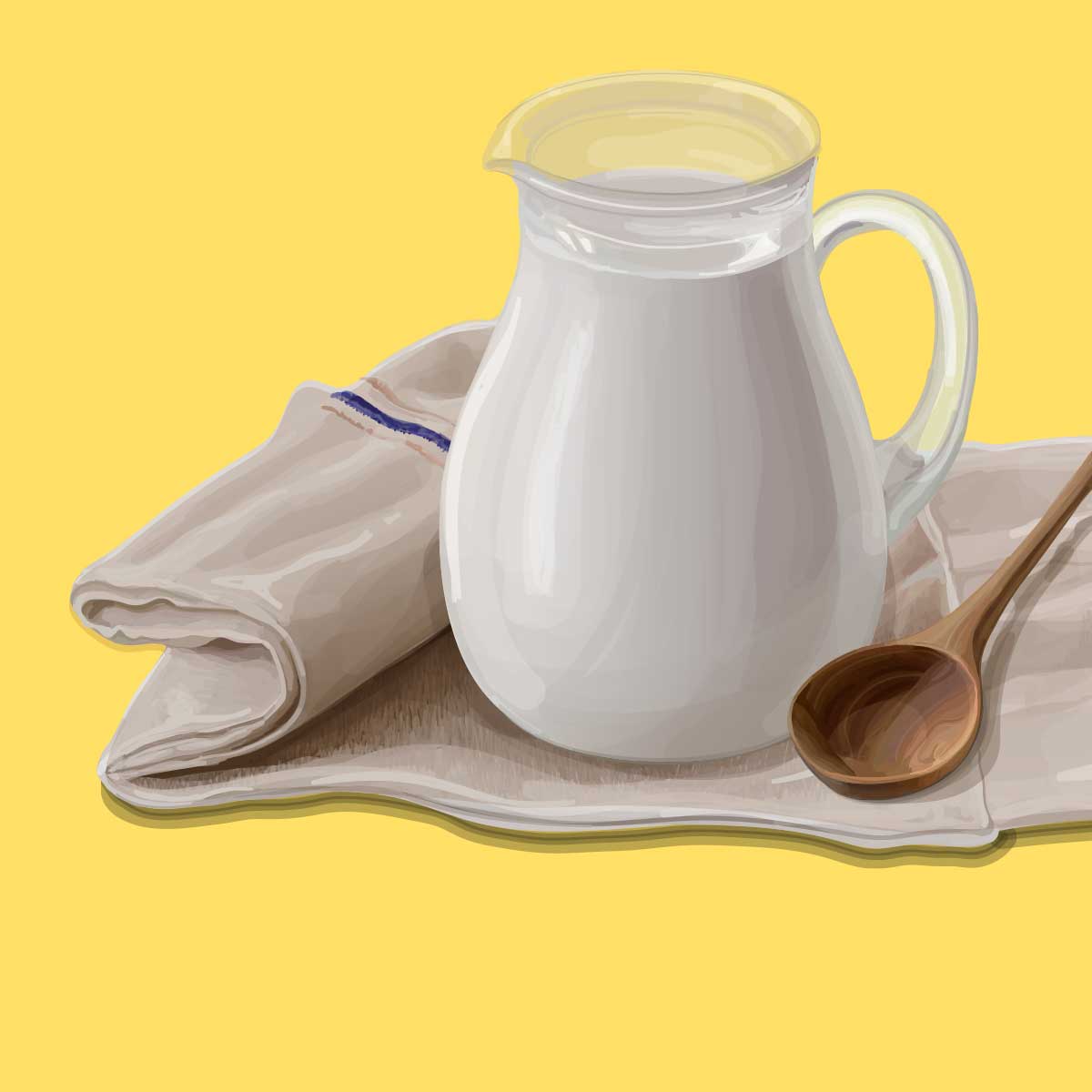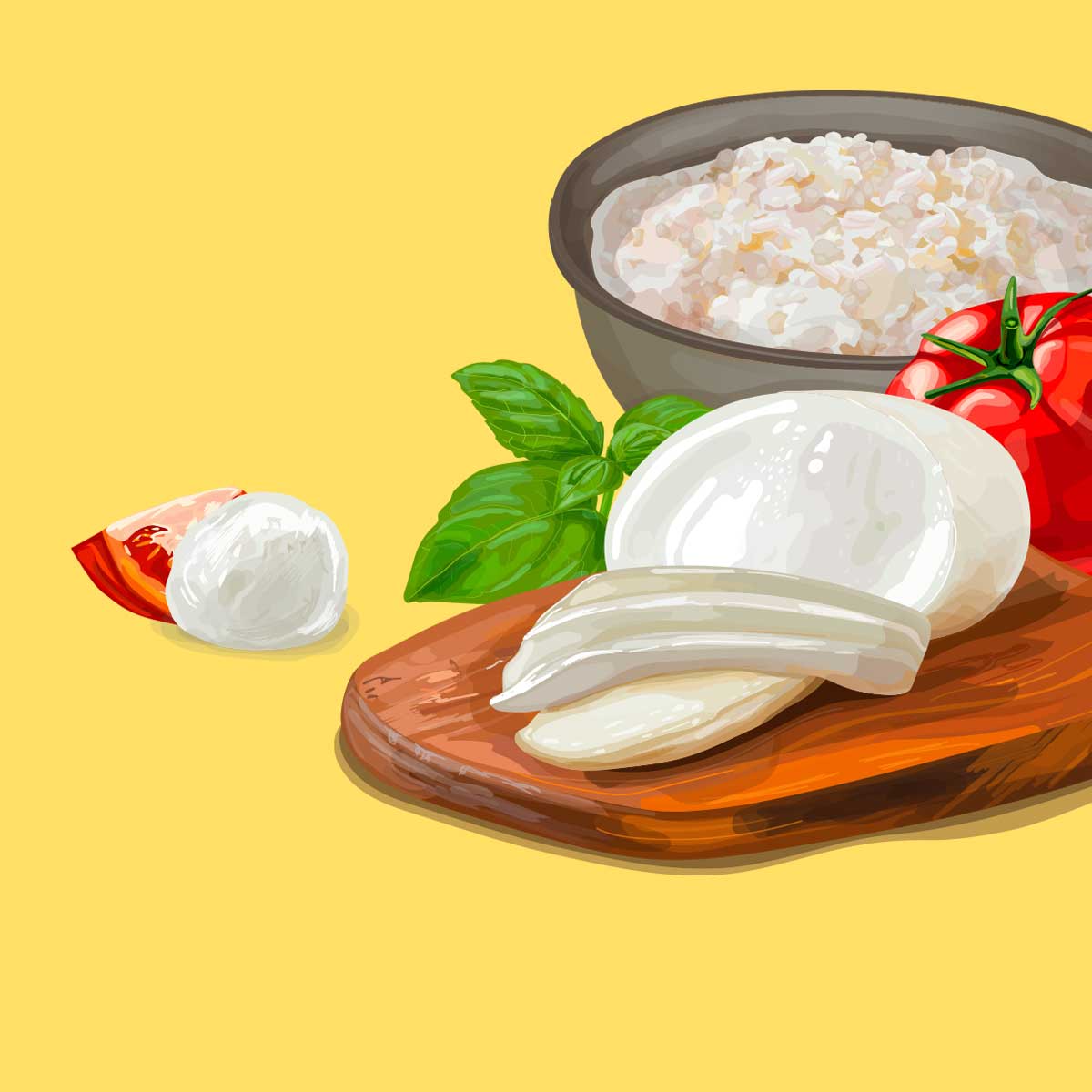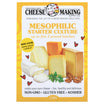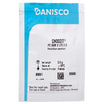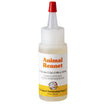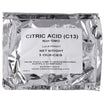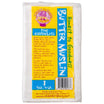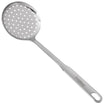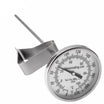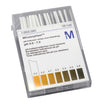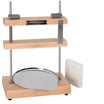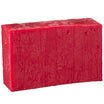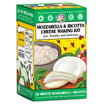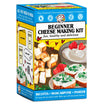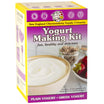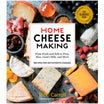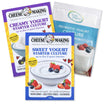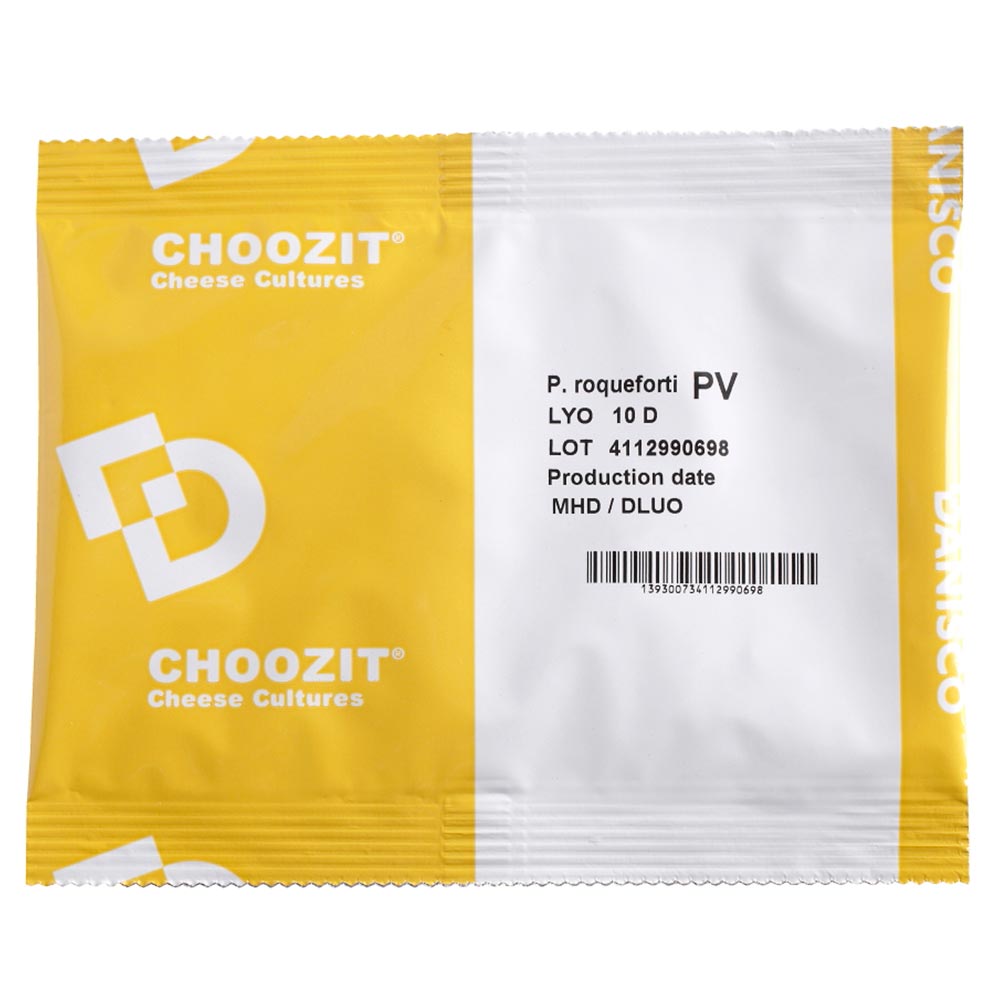
Penicillium Roqueforti (PV)
Description
Penicillium Roqueforti (PV) is used to ripen and give flavor to a variety of blue cheese including Gorgonzola, and Stilton. This blue mold powder creates an intense blue-green marbled interior, piquant aroma and creamy consistency.
Details
Ingredients
- Penicillium Roqueforti (PV)
Storage
Store in the freezer
Size
10 DCU
Yield
1000+ gallons of milk when adding 1/16 tsp directly to 2-4 gallons of milk
Brand
Danisco Choozit
Kosher Info
Kosher certificate available upon request
Allergens
| Yes | No | Allergens | Description Of Components |
|---|---|---|---|
| X | Peanuts | ||
| X | Tree Nuts | ||
| X | Sesame | ||
| X | Milk | ||
| X | Eggs | ||
| X | Fish | ||
| X | Crustaceans | ||
| X | Shellfish | ||
| X | Soy | ||
| X | Wheat | ||
| X | Triticale | ||
| X | Mustard | ||
| X | Sulfites |
Directions
Amounts used will vary depending on the type of cheese being made.
Adding Directly to Milk
Add 1/16 - 1/8 tsp penicillium roqueforti to 1/4 cup milk, let rest 30 minutes. This allows the mold powder to re-hydrate.
Add milk and re-hydrated penicillium roqueforti to 2-4 gallons of milk, at the same time you add culture.
Adding to Finished Curds
Add 1/16 - 1/8 tsp penicillium roqueforti to 1 quart sterile, cool water, let rest 10 hours. This allows the mold powder to re-hydrate.
Place 1/3 of the curd into a cheese mold, sprinkle sparsely with re-hydrated penicillium roqueforti solution. Add another 1/3 of the curd, sprinkle again, finish with the final 1/3 of the curd, sprinkle once more.
The re-hydrated penicillium roqueforti solution can be stored in a refrigerator for up to 3 days.
Have a question? We're here for you.




